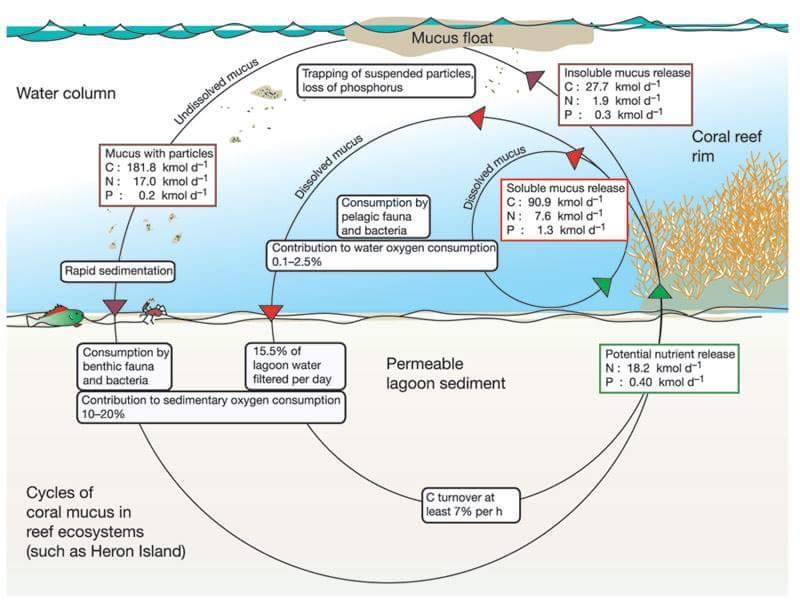- Joined
- May 19, 2015
- Messages
- 184
- Reaction score
- 131
I just came across a thread on Facebook where they are saying it is beneficial for corals to put a wooden air stone directly in front of the return pump on a timer for 4 hours a night (after lights out) blasting them with micro bubbles. Here is the link:
https://www.facebook.com/1511705699...829.1511705699091667/1615803182015251/?type=3

I am wondering what the thoughts on this process are? They say it promotes healthy sliming of the corals, and nutrient export along with a good skimmer.
https://www.facebook.com/1511705699...829.1511705699091667/1615803182015251/?type=3
I am wondering what the thoughts on this process are? They say it promotes healthy sliming of the corals, and nutrient export along with a good skimmer.
Last edited by a moderator:




















